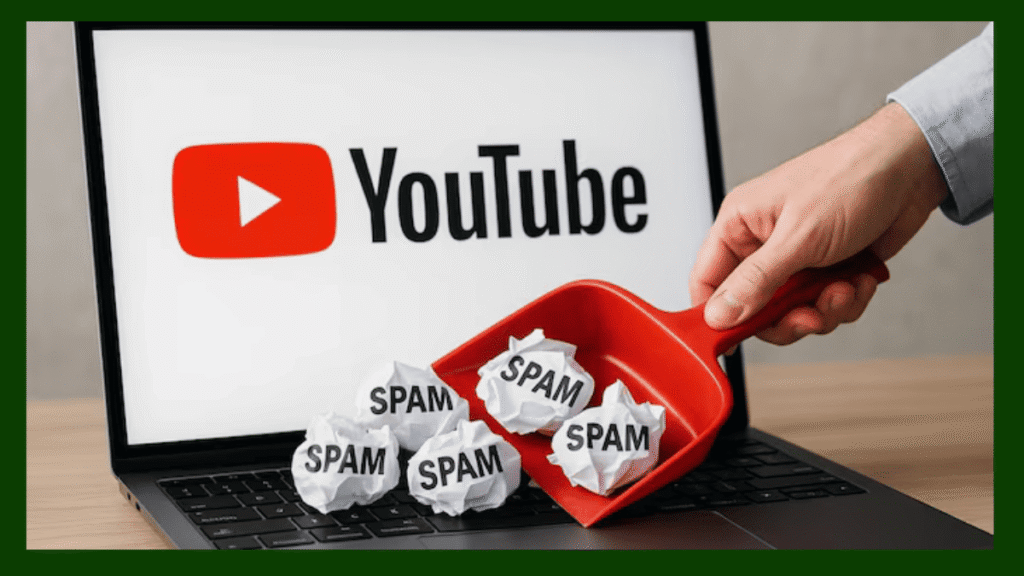YouTube AI Monetization Policy: YouTube AI monetization policy, monetize AI videos YouTube, YouTube demonetization AI, AI content policy YouTube, faceless YouTube channel monetization, YouTube Partner Program AI, synthetic media disclosure, AI-generated content rules, YouTube AdSense AI, trending YouTube news.
Why “YouTube AI Monetization Policy” Is Exploding: Stricter Rules, Mass Demonetization, and the Battle for Authenticity
Searches for “YouTube AI monetization policy” are surging as creators panic over sudden revenue losses. In June 2024, YouTube rolled out aggressive updates targeting AI-generated content, transforming how creators monetize videos—and sparking industry-wide backlash. Here’s what’s trending and why it matters.
Why This Is Trending Now
- Mass Demonetization Waves: Channels relying on AI-generated faceless videos, stock footage compilations, or synthetic voices report abrupt revenue cuts.
- Policy Clarifications: YouTube’s June 25th blog update explicitly tied monetization to “human-led content,” penalizing automated creation.
- Viral Creator Backlash: High-profile YouTubers like @AIGamingHub and @AI_NewsDaily posted demonetization screenshots, igniting debates on Twitter/X and Reddit.
- Music Industry Pressure: Labels demand action against AI cover songs and voice clones flooding the platform.
YouTube’s New AI Policy: Key Changes
- The “Human Creativity” Mandate
- Videos must now demonstrate “meaningful human editing, commentary, or narrative.” Pure AI compilations (e.g., “10 Hours of AI Relaxing Cats”) are ineligible for monetization.
- Impact: Faceless channels using ChatGPT scripts + Midjourney images face bans.
- Stricter AI Disclosure Rules
- Creators must label realistic AI content (synthetic voices, deepfakes) using YouTube’s new “Altered Content” tag.
- Failure to disclose risks channel suspension.
- Music Monetization Lockdown
- AI covers using artists’ voices (e.g., “Drake AI Sings Taylor Swift”) are demonetized unless licensed.
- Even with disclosure, these videos can’t run ads.
- Brand Safety Overhaul
- Advertisers can now opt out of AI-generated content entirely via Google Ads.
- Channels with >50% AI content see plummeting CPMs.
Why Creators Are Furious
- Ambiguous Guidelines: YouTube’s definition of “meaningful human input” remains vague, leaving creators guessing.
- Retroactive Enforcement: Channels monetized for years lost status overnight.
- Hypocrisy Claims: Critics note YouTube promotes its own AI tools (Dream Screen, AI dubbing) while restricting creators.
- Economic Threat: 34% of faceless channels rely solely on ad revenue (via TubeBuddy survey).
Who’s Still Safe? Navigating the Gray Areas
| Content Type | Monetization Status |
|---|---|
| AI + Heavy Commentary | ✅ Allowed (e.g., AI art analysis) |
| Animated Storytelling | ✅ Allowed (human script/editing) |
| AI-Generated News | ⚠️ Restricted (requires sources/commentary) |
| AI Music Covers | ❌ Banned (no license) |
| “Faceless” Lo-Fi/ASMR | ❌ Banned (minimal human input) |
The Bigger Picture: YouTube’s 3 Goals
- Protect Advertisers: Brands like Coca-Cola boycott AI clutter; demand “authentic” audiences.
- Combat Misinformation: Deepfakes of politicians/celebrities triggered EU regulatory pressure.
- Push YouTube Premium: AI spam floods free tiers, pushing users toward ad-free subscriptions.
Creator Survival Strategies
- Pivot to Hybrid Workflows:
- Use AI for ideation/editing, but add camera presence or scripted narration.
- Double Down on Disclosure:
- Label all synthetic elements—even minor AI enhancements.
- Diversify Revenue:
- Shift to sponsorships, memberships, or merchandise (less policy-dependent).
- Fight Back:
- Some creators are petitioning for clearer appeals processes.
The Future: AI vs. Human Creativity
YouTube’s crackdown signals a broader industry shift:
“We’re entering an era where ‘AI-generated’ isn’t just a label—it’s a revenue killer.”
– Sara McCormick, TechCrunch
Expect platforms like TikTok and Instagram to follow suit as regulators push for AI transparency laws.
FAQ:
Q: Can I monetize AI-generated videos on YouTube?
A: Only if they include significant human input (editing, commentary, narrative). Pure AI compilations are banned.
Q: Do I have to label AI content?
A: Yes—for realistic synthetic media (voices, faces, manipulated footage). Use YouTube’s “Altered Content” tool.
Q: Why was my faceless channel demonetized?
A: YouTube now requires “human-led” content. Channels using AI scripts + stock footage without commentary violate policies.
Q: Are AI music covers allowed?
A: They can be uploaded but are ineligible for monetization without artist/label permission.
Q: Will YouTube’s OWN AI tools get demonetized?
A: Unclear. Critics argue YouTube’s Dream Screen/Al dubbing tools contradict their policies.
Conclusion
YouTube’s AI monetization policy isn’t just a guideline update—it’s a survival gauntlet for creators. As platforms choose between advertiser dollars and AI innovation, the message is clear: Human creativity isn’t optional anymore. Adapt or lose revenue. Stay transparent, add value, and never assume AI alone can pay the bills.
